|
Congratulations to actor Winston Duke and Director/Producer and Frances-Anne Solomon who were invited to join the Academy of Motion Pictures Arts and Sciences earlier this week! 🇹🇹🏆💫🇹🇹🏆✨
The two TT Nationals are among 842 new members of the film industry to now be part of the Academy. They are joining more than 6,000 members of the film industry who will now vote for the best among their peers at the Annual Oscars. In accepting the invitation to join, Duke said: "Oh man... Argyle Village, Tobago we reach....! As a kid growing up on a small island of 60,000, I was constantly watching movies and becoming enamored with stories, dreaming to one day be in the business myself. This is a dream come true. I can now vote on what movies and creatives win #Oscars and participate in a community of artists who lead through intention and execution. Thank you @theacademy for this auspicious gift. 🙏🏿 #blessingsonblessings" Solomon meanwhile, said the invitation was a great honour and she looked forward to using her vote to choose next year's Oscar winners. She said: "This year, despite more diversity and better representation across the board, there were no women nominated or who won in the Best Director/ Best Movie categories. Hopefully gender parity in this year's crop will mean that does not happen again." Source: TTT Live Online
0 Comments
For more click on this link
or copy and paste this URL : https://www.marieclaire.co.uk/life/travel/tobago-eco-holiday-destination-652967?fbclid=IwAR1fQrWD1Y8A2RW9EaFn09Zjk9t9oBJWh8Kv3IwsYusdRr8x2rI34DqxF5g Cabinet has accepted a National Protected Areas Systems Plan, proposing to protect approximately 20,000 square kilometres of protected land and marine space in TT. This is part of the Government’s policy to preserve biodiversity and improve the management of protected areas. This announcement was made at a forest replanting exercise on Corpus Christi last Thursday in Chaguaramas.
A release from the Ministry of Planning and Development said the aim of the plan was to identify areas in TT that were in need of protection so that the biodiversity in forests and other wildlife can thrive. The new plan proposes the establishment of 136 protected areas. Those include 92 terrestrial and freshwater areas, 79 of which are in Trinidad and 13 in Tobago; 40 coastal and marine areas, 18 in Trinidad and 22 in Tobago; and four deep-sea marine areas. In total, approximately 1,933 sq km – 1,866 sq km in Trinidad and 67 sq km in Tobago – of the country’s land mass is proposed to be land and freshwater protected areas. The proposed coastal and marine protected areas approximate to 580 sq km – 14 sq km in Trinidad and 566 sq km in Tobago. The proposed open-ocean waters and deep-sea marine areas cover 15,600 sq km. Some of the areas are part of a pilot plan because of their globally important biodiversity and ecosystems which include the Caroni Swamp, the Nariva Swamp and coastal zone, the Matura Forest and coastal zone, the Trinity Hills, the Main Ridge Forest Reserve and the North East Tobago Marine Protected Area. A number of stakeholders participated in a series of consultations with the Planning Ministry such as the Ministry of Agriculture, Land and Fisheries, Forestry Division; the Institute of Marine Affairs; the Environmental Management Authority (EMA); the Tobago House of Assembly; non-governmental organisations; and local universities. The National Protected Areas Systems Plan is an intervention coming out of the project titled: Improving forest and protected area management in TT, the implementation of which is being co-ordinated by the Planning Ministry and administered by the Food and Agriculture Organisation of the UN (FAO/UN) on behalf of the Government.The project was done over the last four years – from 2015 to 2019 – at a total cost of US$30,510,074. Funding was provided by the TT Government, FAO/UN, the European Union and the Global Environment Fund. More information can be found on the Project Website: www.protectedareastt.org.tt. Click on this link for full list of activities for the Canada Day weekend, or copy and post this URL into your browser
https://www.canada.ca/en/canadian-heritage/campaigns/canada-day/calendar.html Representatives of Tourism Trinidad Limited gathered at the Residence, One Woodbrook Place last Monday to extend their good wishes to the 2019 National Culinary Team. The team left Trinidad on Thursday to participate in the Taste of the Caribbean competition carded for tomorrow in Miami.
Led by Captain Jeremy Lovell, the team comprises senior chefs Shonelle Greenidge and Gerard Cox, junior chef Jodi Eversley, pastry chef Keenan Lezama and bartender/mixologist, Isaiah Trumpet—all currently enrolled students at Trinidad and Tobago Hospitality and Tourism Institute (TTHTI). "This is the first all-student national culinary team that Trinidad has ever sent abroad to the competition," said Brian Frontin, CEO, Trinidad Hotels, Restaurants & Tourism Association (THRTA). Frontin said the decision to send an all-student team came about when they recognised that over 95 per cent of all former team members had graduated from the TTHTI over the past 20 years. Frontin said he sees this as a pilot project that will provide the stimulus and justification for Trinidad to host an inter-school regional and international culinary competition—a junior version of the competition next year, and indicated that organisers of Taste of the Caribbean in Miami have already agreed to hold discussions on this proposal. Frontin added, "Hosting this competition in Trinidad has the ability to positively impact our tourist arrivals, increase destination awareness and presents an amazing opportunity and platform to promote culinary tourism and display our world-class talent." Camille Campbell, CEO, Tourism Trinidad, pledged her company's support to the team and said, "This is a unique opportunity for these students to showcase their talent on a world stage and demonstrate their discipline, commitment, and culinary skills. Tourism Trinidad is proud to support this initiative and look forward to the country's hosting of the 2020 competition." A release from Tourism Trinidad stated that over the past eight weeks, the team has been diligently practicing their craft and hosting 'sold out' Monday night dinners at the Residence, One Woodbrook Place, where they have been fine-tuning their skills in preparation for the competition. "We have the fullest confidence in the team's ability to make us proud and bring home the gold," added Campbell. Source: Guardian, June 2019 Scores of new squatters at Pine Settlement, Sangre Grande, are now living on the direct pathway of the $400 million Cumuto/Manzanilla Highway project.
Squatters have also been encroaching on private lands at Wharton Estate, Salybia and State lands at Galera Road, leading to the Toco Light House, following Government’s move to build a state-of-the-art Toco Port, which would open up the entire north-eastern region with business activity and generate jobs. The illegal occupancies by fresh squatters have been giving the chairman of the Sangre Grande Regional Corporation Terry Rondon no end of worry, as he called on the Government to do something fast, stating the issue of squatting was totally out of control. In the Land Settlement Agency (LSA) 2016/2017 report into the inquiry in relation to squatters regularisation, it showed that Sangre Grande has become the fastest growing squatting area in T&T. Also in 2016 the LSA told a Joint Select Committee of Parliament, that there were 55,000 families squatting in the country. This amounted to over 200,000 people overall. The agency’s report estimated between 7,000 to 10,000 squatting families in Sangre Grande alone. But Rondon feels that figure may have increased within recent times by an additional 500 families, stating that there has been an invasion for lands. “It’s madness up here,” Rondon said, referring to the land encroachment in certain parts of the northeastern region. The LSA is authorised under the State Land Regularisation of Tenure Act, No 25 of 1998, to prevent and contain further squatting on State land and to regularise eligible existing squatters. A person who is eligible for regularisation must have occupied a dwelling house on the property prior to January 1, 1998. Some of the areas Rondon identified as squatting districts are the Valencia Stretch, Aripo Savanna, Bois Bande, KP Lands, Turure and Vega De Oropouche. Though Pine Settlement has been regarded as a squatting community over the years, Rondon said within recent times new squatters have been moving into the area after purchasing one lot of State land between $10,000 to $20,000 from unscrupulous individuals. “Not too long ago a lady came to me and say she bought land right up there. They are grabbing land,” Rondon said. Two weeks, Rondon said he visited the area informing the squatters that they had built their homes in the direct path of the highway. “I carried a map outlining the highway’s route and showed them where their homes are blocking the pathway. If the Government wants the highway they will break down their illegal structures. At the end of the day, it’s their labour, money and time will go down the drain. That is why I took in front and asked them to desist from building.” Rondon said some of the squatters responded rudely, while others grumbled upon hearing the news. “I did what I had to do,” he said. Asked how many houses have been built since Prime Minister Dr Keith Rowley turned the sod for the 2017 highway project, Rondon said quite a lot. “Some are up. If you go there now they building....and by this evening you would see them move in and curtain flying and radio playing in their home.” Along the scenic Salybia beachfront, Rondon said he also noticed that several trees had been recently bulldozed and burnt to make way for new concrete and wooden structures on private land known as Wharton Estate. In addition to the homes, over 15 businesses operate metres from the seashore. Rondon admitted that many years ago he wrote letters to T&TEC to help some of the business owners get electricity connection so they could earn an honest living. After getting electricity, Rondon said the owners started subletting to the squatters. “We (corporation) tried all how to get the land purchased from the Wharton Estate,” Rondon said. But, he said, no deal was ever brokered. “All that time...it has been a wild, wild, west situation. People are just doing what they want. They doing everything against the law.” Rondon said the owner of the estate has since served notice to the squatters to vacate his land. “These squatters have been calling me to help. But I cannot. The owner has to get a demolition order to get them out. And he has started with his order.” For years, Rondon said the corporation has been cleaning the beach to avoid a health hazard. “Our public health inspectors have been looking at the health aspect of the beach.” The news of the establishment of the Toco Port, Rondon said has also led to a proliferation of squatters capitalising on State and private lands. “People are rushing for land that do not belong to them hoping to benefit when the port comes on stream. This has to stop.” On the northern and southern sides of Galera Road, Guardian Media observed that several trees had been slashed and burnt as squatters make way for new homes. Piles of lumber and galvanise sheetings were also evident on the State land. Rondon said some squatters have been masquerading as farmers by cultivating short-term crops, hoping the State would not zero in on them. “Every day somebody bringing in heaps of wood, blocks, gravel and galvanise to build.” Rondon said the ongoing problem needs to be tackled in a holistic way. “There is a lot of bureaucracy in removing a squatter. The people to stop these squatters are not around,” Rondon complained. Behind the Brooklyn Community Centre in Sangre Grande, Venezuelan migrants have already cut down several coconut and walnut trees on forest reserve lands to build homes. Caretaker of the centre Clinton Moses said a villager in the community gave the migrants permission to utilise the land which belongs to the centre. “I had to stop and chase them because what they were doing was wrong. The land belongs to the Government,” Moses said. Moses said this was the fourth batch of Venezuelans who tried to live there. Minister of Agriculture Clarence Rambharat, under whose purview State lands fall in a WhatsApp message advised Guardian Media to take up the Pine Settlement squatters matter with the Ministry of Works and Transport Rohan Sinanan, as well as the LSA. Sinanan, however, referred the issue to LSA whose CEO Hazar Hosein could not be reached for comment yesterday. Source: Guardian, June 24, 2019 AS a child growing up in San Fernando Sirju Seeharack Mohan demonstrated superior skills in visual arts, designing and executing almost any idea once a pencil, paintbrush or other writing instruments reached in his hands. "I do my work as gifts. Painting has been my hobby all of my life. I have given away hundreds of paintings. I am also a volunteer at the Broward County Sheriff's Office for the last 10 years. I did many portraits which I presented to them," Mohan said. It is his love for the arts which landed the 77-year-old his latest award from the Pompano Beach Cultural Arts awards ceremony held on May 15 in Florida. He was nominated in the Visual Arts category, beating scores of competitors at the gala event. He did a live painting of 12 people dressed in Indian garments for a wedding, much to the appreciation of the audience. Mohan told Newsday: "I feel so proud to receive this award. I have received about 20 awards from different events in different countries. I have had displays in almost all the cities on the east coast of the US. I always fly the TT flag anywhere I go." The Pompano Beach Cultural Arts Committee created the award ceremony to recognise and honour the outstanding creativity in Pompano Beach. Known as an artist, calligrapher and sculptor, among other titles, Mohan said he was delighted to share the work, having travelled the world doing so. He has been living in Florida for many years and recently visited his hometown of Friendship Village.
The ceremony recognised the outstanding creativity taking place in the city of Pompano Beach. People were also honoured in categories such as dance, music, spoken word and theatre. Mohan has completed portraits of people among them former US president Barack Obama, opposition leader Kamla Persad-Bissessar and former lieutenant governor in Florida, Jennifer Carroll (née Johnson), a Trinidad-born American. He also presented a self-portrait of former present Anthony Carmona as well as to Pakistani activist Malala Yousafzai when she visited TT. The soft-spoken Mohan is also a board member of an NGO called Unity in the community. "This organisation raises funds to give scholarship to students. Every year I do a local painting which I put up for auction. They are worth thousands of dollars and the mayor auctions them. I do not charge them because that is my contribution. Eight years now I am doing this with them," Mohan said. He recalled that during the reign of two commissioners at the Broward County, he presented them with portraits of themselves free of charge. Source: Newsday, June 10, 2019 They're small, they're fuzzy, and they're the '
But did you know the typical yellow-and-black honey bee isn't originally from Trinidad and Tobago? Here are eight things to know about bees in Trinidad and Tobago in commemoration of World Bee Day, celebrated on May 20, courtesy pollination ecologist Lena Dempewolf. 1. Some honey bees are 'douglarised' bees Honey bees used in most commercial hives aren't local but are called 'Africanised' bees. That's because they are a hybrid of European and African honey bees, both of which were imported. Some beekeepers have jokingly referred to this hybrid as a 'douglarised' bee, in reference to Trinidad and Tobago's diverse ethnic culture. 2. Some native bees don't have hives, or a queen Many native bees don't have hives but are solitary bees working alone to pollinate local plants. Solitary bees don't have hives and don't produce honey. They often make nests in the ground in order to reproduce and are critical for pollination as they are better adapted for pollination of local plants. 3. Not all bees can sting you There are nine species of ‘stingless’ bees that do have hives and a queen and produce honey. Stingless bees are used to produce honey for commercial and medicinal purposes and are more effective than imported bees at pollinating local plants. 4. Trinidad and Tobago's secret to award-winning honey? Diversification Trinidad and Tobago once won global awards for its honey. However In 2001, the EU enforced the submission of a residue monitoring plan from all third countries (non-EU countries) wishing to export honey into the European Union. Because of the lack of local testing facilities and costs associated with attaining certification abroad, beekeepers in Trinidad and Tobago have been unable to participate in the NHS and export their honey since 2001. The wide range of flowering plants is what contributes to the unique taste of Trinidad and Tobago's honey. Destroying local forests would have an effect on the taste of local honey if bees are unable to access the diverse range of plants they did previously. 5. Pesticides have been found in honey Studies in Europe have shown that low levels of pesticides have been found in honey, however in Trinidad and Tobago, no studies have been done to confirm this in local honey. However, pesticides are a continuous problem for imported and native bees, which are vulnerable to these toxins and can even be killed by them. Dempewolf says if bees happen to forage on flowers covered in pesticides, it might make its way into honey, however, it's at low enough levels that it's been proven (so far) to be safe for human consumption. Many beekeepers are careful to keep their hives away from agricultural fields, however, Africanised honey bees may range quite far in order to find nectar and may go into farmlands where pesticides are used. 6. No bees = no crops Although honey is important, the most important bees aren’t honey bees but native bees. Native bees are also more specialised for pollinating local plants. “It’s like a lock and key, the shape of the bee matches the shape of the flower, so they can properly get in there to deposit the pollen,” Dempewolf said. By contrast, although prized for honey production, Africanised bees are not as effective in pollinating local crops. Therefore the food we enjoy in local markets depends on the survival of our native bees. 7. Climate change is affecting local bees Climate change is affecting food production worldwide, however in Trinidad and Tobago, extreme weather changes can also affect bees' survival. During extreme dry seasons such as that experienced in 2019, there's the likelihood of more forest fires. Africanised bees are more adaptable in that they often move their queen and relocate to a safer spot. Hence the reason one may often see a migrating beehive perched on a branch or other random location. However native bees are unable to move their hives due to the large size of their queen, and often perish in forest fires. Dempewolf says solitary bees are slightly more mobile but they lay their eggs in bits of logs and other plants in the forest, which can also be destroyed by forest fires. Likewise, during the rainy season, heavier showers can also affect bees and by extension food production. "Bees generally don’t go out during wet weather…it can also wash the nectar out of flowers, so heavy flooding means less pollination," she said. There's also the problem of loss of habitat due to things such as logging, forest fires, housing developments and unsustainable agriculture, where farmers cut down all vegetation, leaving only one crop. 8. Bee competition Dempewolf said there is the element of imported bees crowding out native bees amidst competition for space and nectar - imported bees tend to ‘bully’ local bees out of spaces for hives, however, this comes down to proper management. Imported bees, however, have been a part of the local ecosystem for quite some time and have learned to coexist with native species, however there remains competition for plants and flowers. Source: The Loop, May 2019 |
T&T news blogThe intent of this blog is to bring some news from home and other fun items. If you enjoy what you read, please leave us a comment.. Archives
April 2025
Categories
All
|





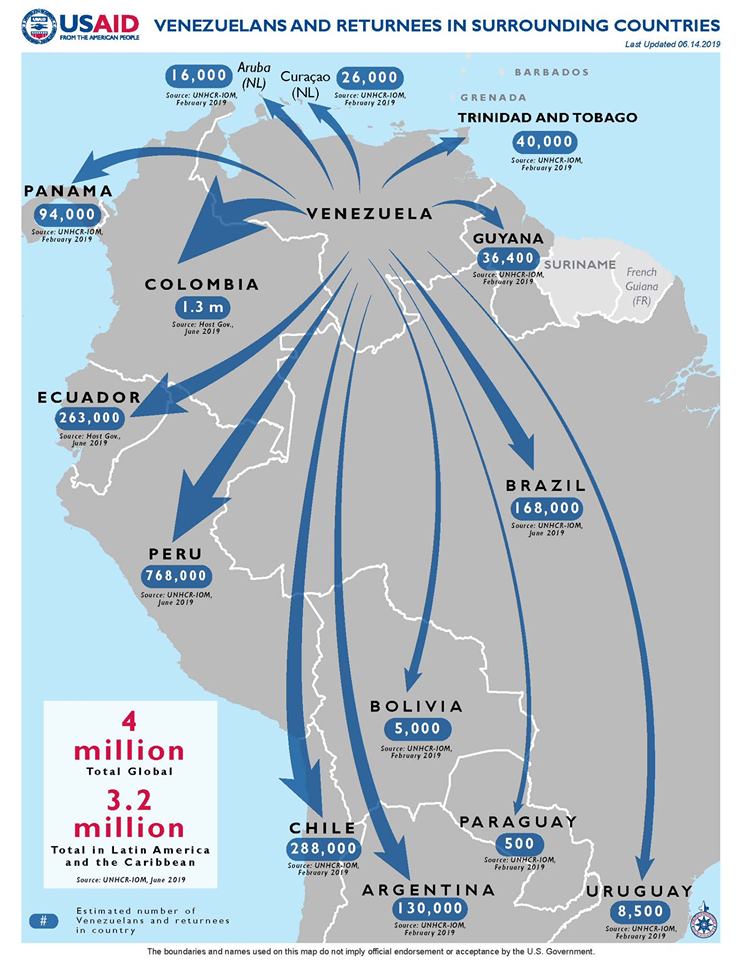
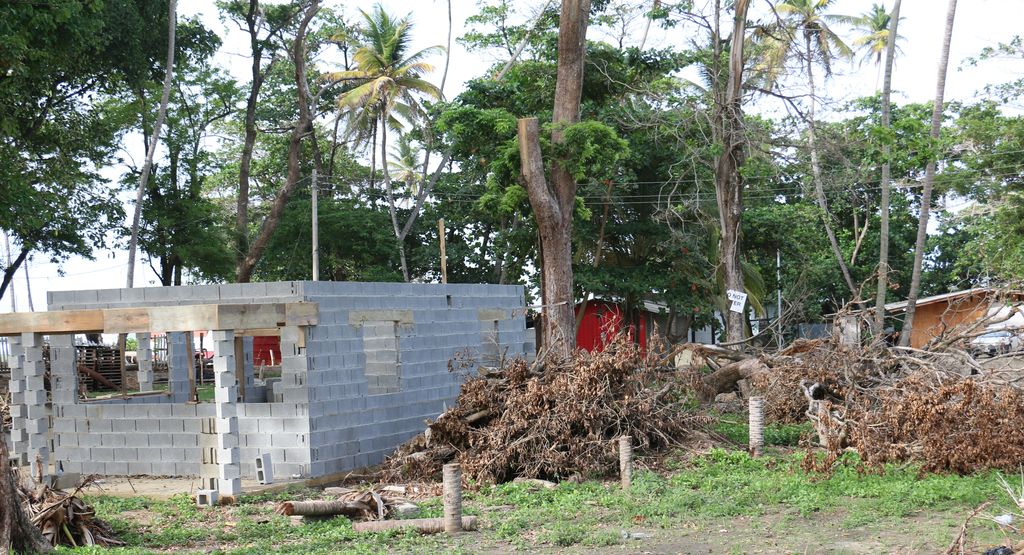

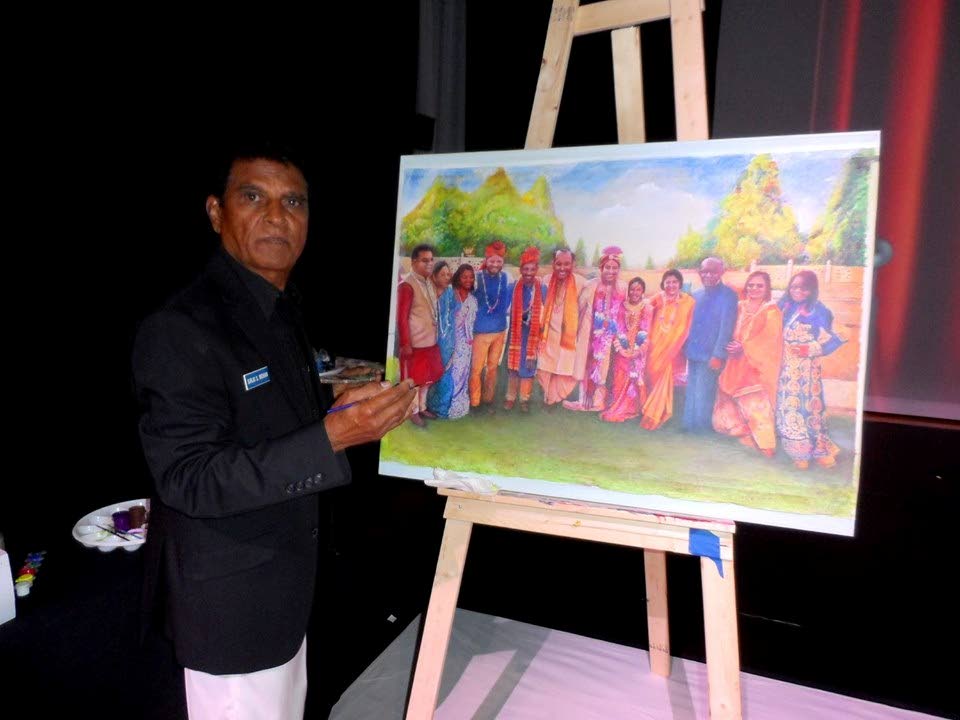
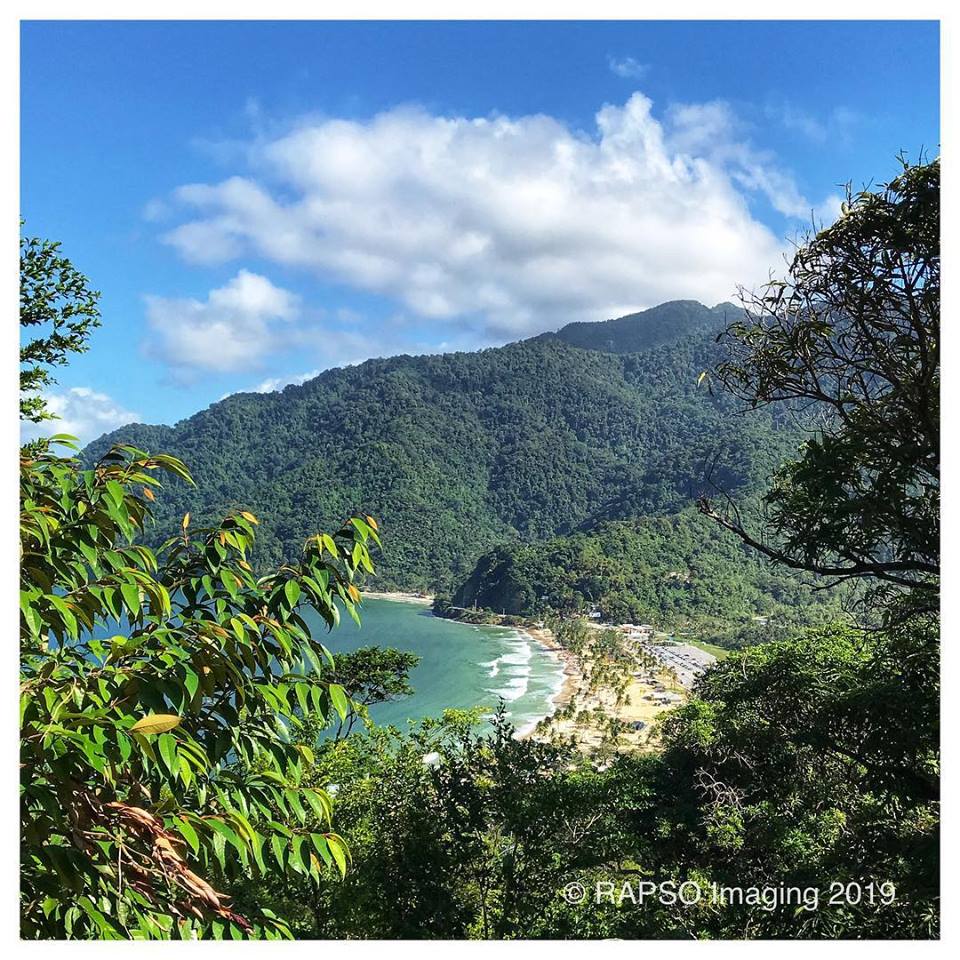
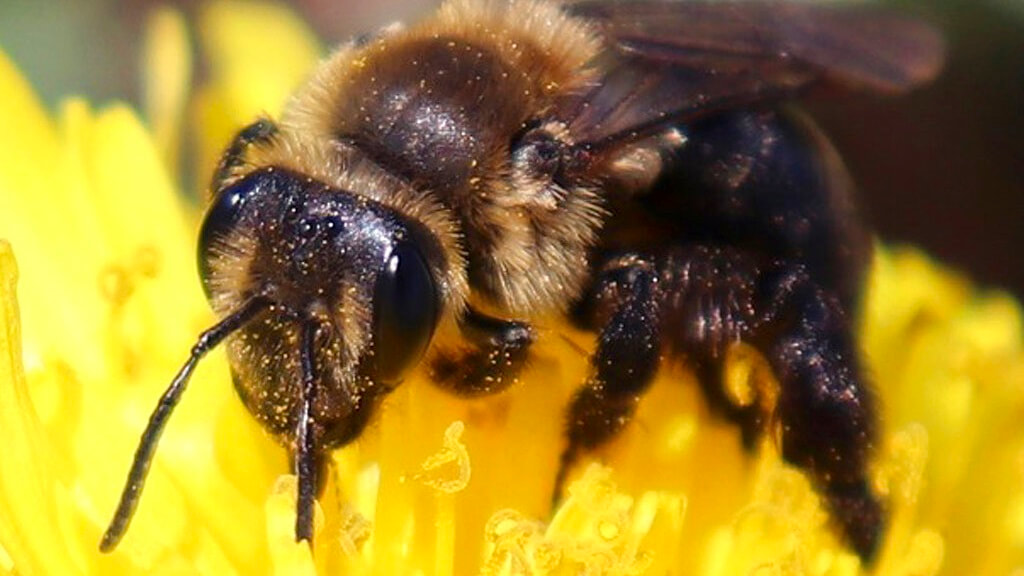
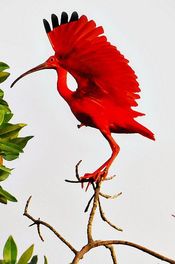
 RSS Feed
RSS Feed